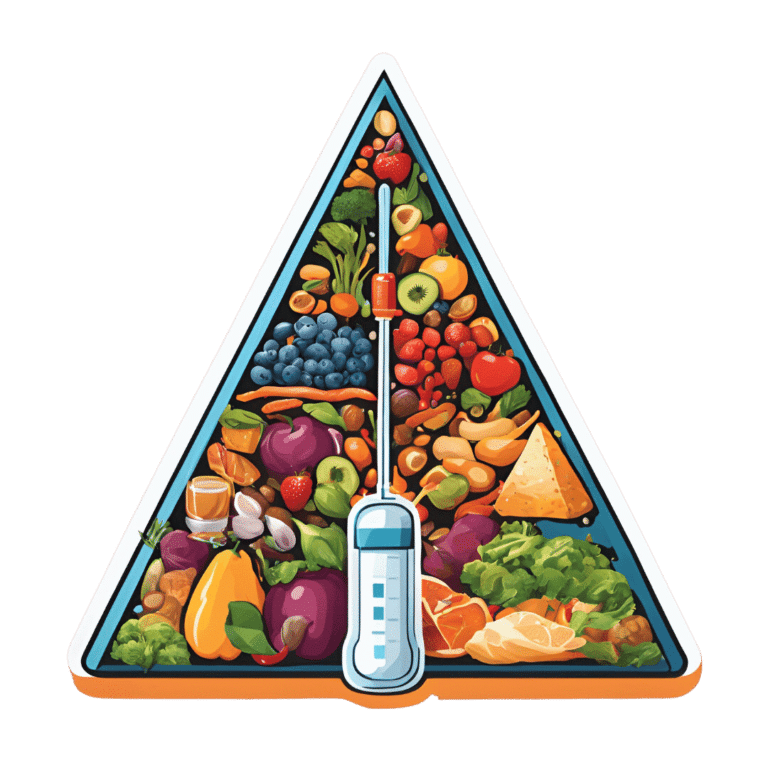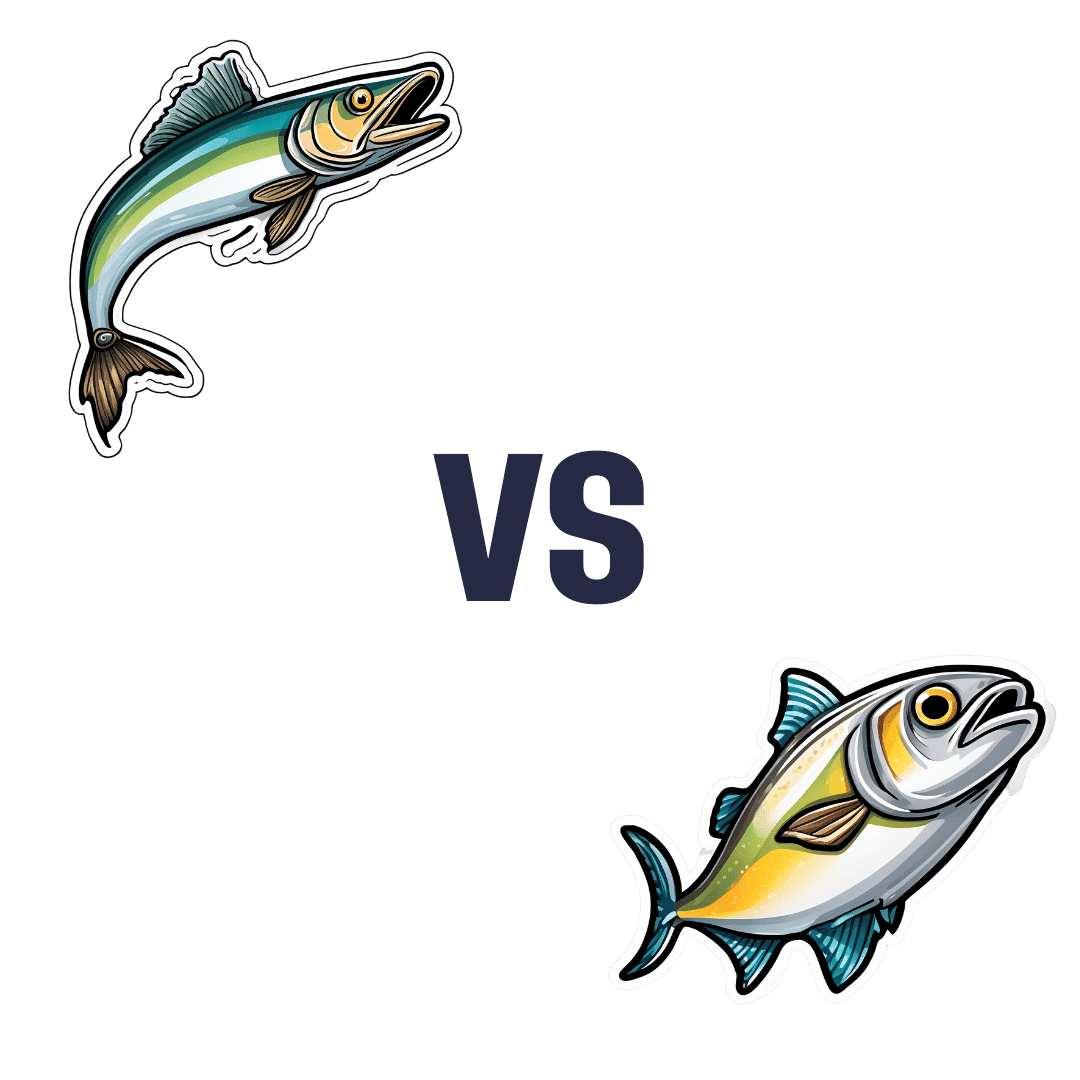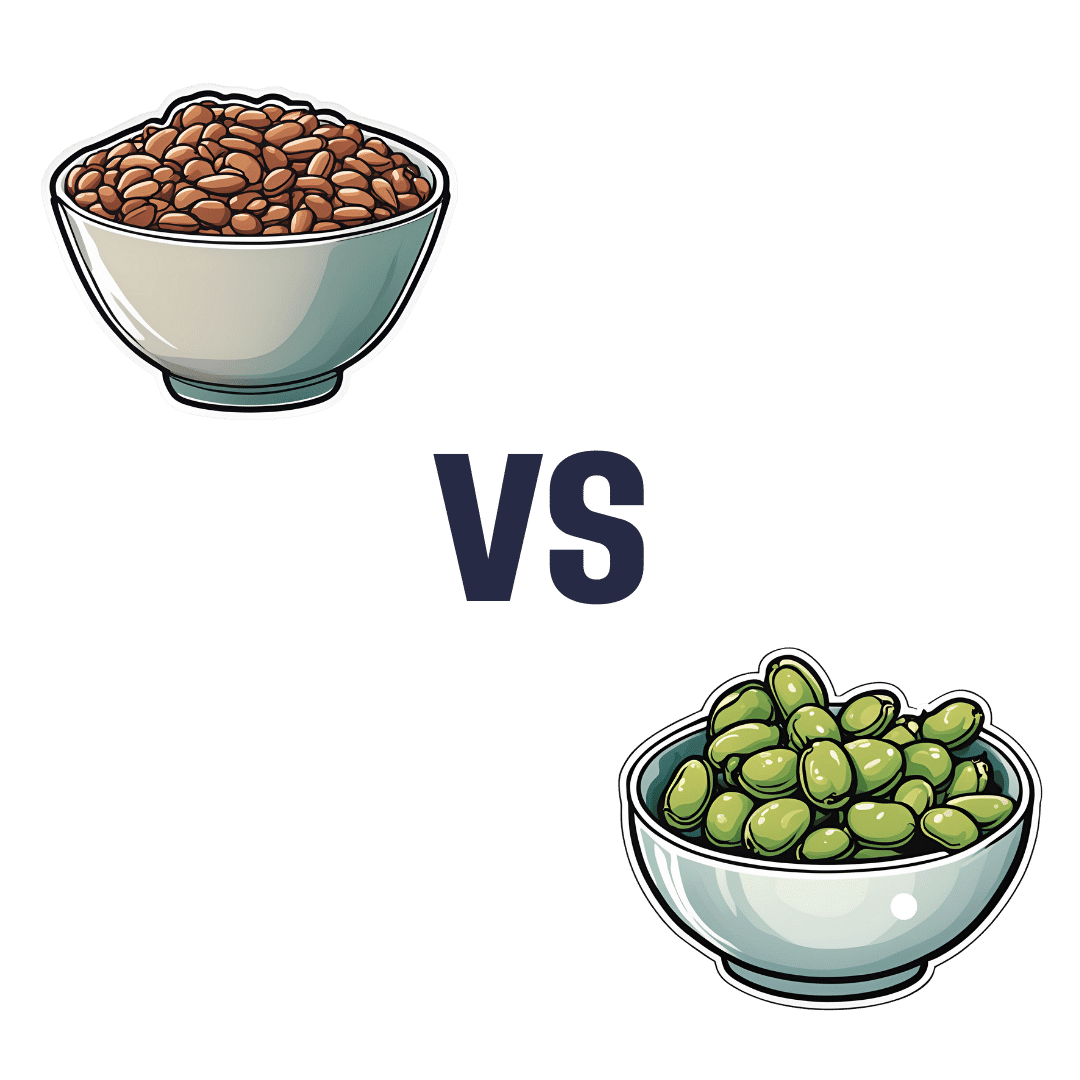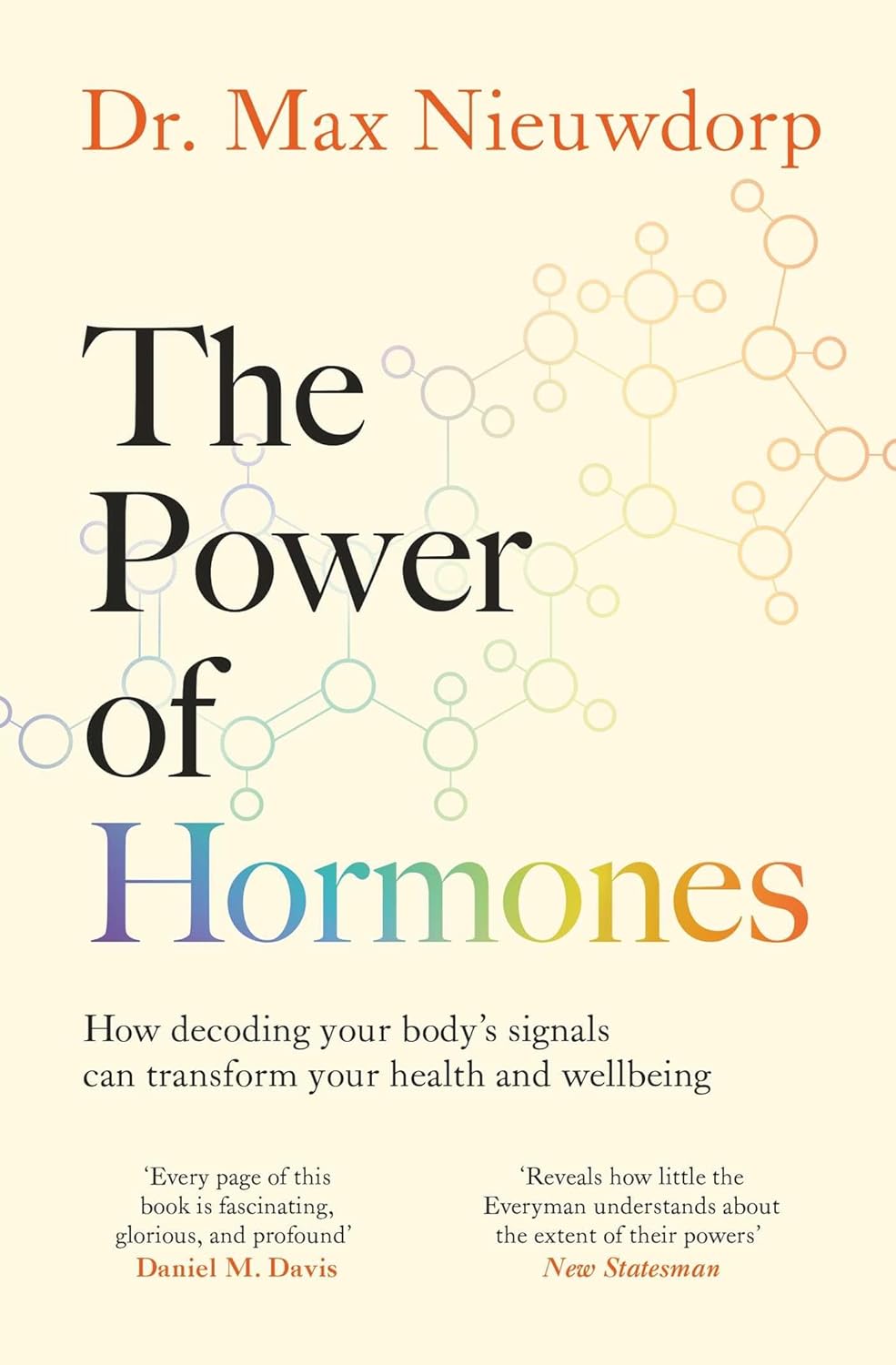
Stop Cancer 20 Years Ago
10almonds is reader-supported. We may, at no cost to you, receive a portion of sales if you purchase a product through a link in this article.
Get Abreast And Keep Abreast

This is Dr. Jenn Simmons. Her specialization is integrative oncology, as she—then a breast cancer surgeon—got breast cancer, decided the system wasn’t nearly as good from the patients’ side of things as from the doctors’ side, and took to educate herself, and now others, on how things can be better.
What does she want us to know?
Start now
If you have breast cancer, the best time to start adjusting your lifestyle might be 20 years ago, but the second-best time is now. We realize our readers with breast cancer (or a history thereof) probably have indeed started already—all strength to you.
What this means for those of us without breast cancer (or a history therof) is: start now
Even if you don’t have a genetic risk factor, even if there’s no history of it in your family, there’s just no reason not to start now.
Start what, you ask? Taking away its roots. And how?
Inflammation as the root of cancer
To oversimplify: cancer occurs because an accidentally immortal cell replicates and replicates and replicates and takes any nearby resources to keep on going. While science doesn’t know all the details of how this happens, it is a factor of genetic mutation (itself a normal process, without which evolution would be impossible), something which in turn is accelerated by damage to the DNA. The damage to the DNA? That occurs (often as not) as a result of cellular oxidation. Cellular oxidation is far from the only genotoxic thing out there, and a lot of non-food “this thing causes cancer” warnings are usually about other kinds of genotoxicity. But cellular oxidation is a big one, and it’s one that we can fight vigorously with our lifestyle.
Because cellular oxidation and inflammation go hand-in-hand, reducing one tends to reduce the other. That’s why so often you’ll see in our Research Review Monday features, a line that goes something like:
“and now for those things that usually come together: antioxidant, anti-inflammatory, anticancer, and anti-aging”
So, fight inflammation now, and have a reduced risk of a lot of other woes later.
See: How to Prevent (or Reduce) Inflammation
Don’t settle for “normal”
People are told, correctly but not always helpfully, such things as:
- It’s normal to have less energy at your age
- It’s normal to have a weaker immune system at your age
- It’s normal to be at a higher risk of diabetes, heart disease, etc
…and many more. And these things are true! But that doesn’t mean we have to settle for them.
We can be all the way over on the healthy end of the distribution curve. We can do that!
(so can everyone else, given sufficient opportunity and resources, because health is not a zero-sum game)
If we’re going to get a cancer diagnosis, then our 60s are the decade where we’re most likely to get it. Earlier than that and the risk is extant but lower; later than that and technically the risk increases, but we probably got it already in our 60s.
So, if we be younger than 60, then now’s a good time to prepare to hit the ground running when we get there. And if we missed that chance, then again, the second-best time is now:
See: Focusing On Health In Our Sixties
Fast to live
Of course, anything can happen to anyone at any age (alas), but this is about the benefits of living a fasting lifestyle—that is to say, not just fasting for a 4-week health kick or something, but making it one’s “new normal” and just continuing it for life.
This doesn’t mean “never eat”, of course, but it does mean “practice intermittent fasting, if you can”—something that Dr. Simmons strongly advocates.
See: Intermittent Fasting: We Sort The Science From The Hype
While this calls back to the previous “fight inflammation”, it deserves its own mention here as a very specific way of fighting it.
It’s never too late
All of the advices that go before a cancer diagnosis, continue to stand afterwards too. There is no point of “well, I already have cancer, so what’s the harm in…?”
The harm in it after a diagnosis will be the same as the harm before. When it comes to lifestyle, preventing a cancer and preventing it from spreading are very much the same thing, which is also the same as shrinking it. Basically, if it’s anticancer, it’s anticancer, no matter whether it’s before, during, or after.
Dr. Simmons has seen too many patients get a diagnosis, and place their lives squarely in the hands of doctors, when doctors can only do so much.
Instead, Dr. Simmons recommends taking charge of your health as best you are able, today and onwards, no matter what. And that means two things:
- Knowing stuff
- Doing stuff
So it becomes our responsibility (and our lifeline) to educate ourselves, and take action accordingly.
Want to know more?
We recently reviewed her book, and heartily recommend it:
The Smart Woman’s Guide to Breast Cancer – by Dr. Jenn Simmons
Enjoy!
Don’t Forget…
Did you arrive here from our newsletter? Don’t forget to return to the email to continue learning!
Recommended
Learn to Age Gracefully
Join the 98k+ American women taking control of their health & aging with our 100% free (and fun!) daily emails:
-
Anchovies vs Sardines – Which is Healthier?
10almonds is reader-supported. We may, at no cost to you, receive a portion of sales if you purchase a product through a link in this article.
Our Verdict
When comparing anchovies to sardines, we picked the sardines.
Why?
In terms of macros, sardines have slightly more protein and more than 2x the fat, but the fat profile is healthier than that of anchovies, meaning that the amount of saturated fat is the same, and sardines have more poly- and monounsaturated fats. Breaking it down further, sardines also have more omega-3. Unless you are for whatever reason especially keen to keep your total fat* intake down, sardines win here.
*or calories, which in this case come almost entirely from the fat, and sardines are consequently nearly 2x higher in calories.
When it comes to vitamins, sardines further distinguish themselves; anchovies have more of vitamins B2 and B3, while sardines have more of vitamins A, B1, B6, B12, B9, E, and K—in some cases, by quite large margins (especially the B12 and K, being 14x more and 26x more, respectively). A clear win for sardines.
Minerals are closer to even; anchovies have more copper, iron, and zinc, while sardines have more calcium, manganese, phosphorus, and selenium. That’s already a slight win for sardines, before we take into account that sardines’ margins of difference are also much greater than anchovies’.
In short, enjoy either in moderation if you are so inclined, but sardines win on overall nutritional density.
Want to learn more?
You might like to read:
Farmed Fish vs Wild Caught: More Important Than You Might Think
Take care!
Share This Post
-
Pinto Beans vs Fava Beans – Which is Healthier?
10almonds is reader-supported. We may, at no cost to you, receive a portion of sales if you purchase a product through a link in this article.
Our Verdict
When comparing pinto beans to fava beans, we picked the pinto beans.
Why?
It wasn’t close!
In terms of macros, pinto beans have more protein and carbs, and much more fiber, resulting in a much lower glycemic index. We mention this, because while often the GI of two similar foods is similar, in this case pinto beans have a GI of 39 (low), while fava beans have a GI of 79 (high). In other words, not at all close, and pinto beans are the clear winner.
When it comes to vitamins, pinto beans have more of vitamins B1, B5, B6, B7, B9, C, E, K, and choline, while fava beans have more of vitamins B2 and B3. Once again, not close, and that’s before we take into account the margins of difference for those vitamins; the margins of difference are much greater on the pinto beans’ side of the scale, for example pinto beans having 47x more vitamin E, while fava beans have only 43% more vitamin B2. So, orders of magnitude less. A clear win for pinto beans in all respects.
In the category of minerals, pinto beans have more calcium, iron, magnesium, manganese, phosphorus, potassium, and selenium, while fava beans have more copper and zinc. This time, the margins of difference were quite moderate across the board, and/but pinto beans win on clear strength of numbers.
All in all, three clear wins for pinto beans add up to one big clear win for pinto beans.
Enjoy!
Want to learn more?
You might like to read:
What Matters Most For Your Heart? Eat More (Of This) For Lower Blood Pressure
Take care!
Share This Post
-
Here’s To Getting Assuredly Good Health
10almonds is reader-supported. We may, at no cost to you, receive a portion of sales if you purchase a product through a link in this article.
An unusual amount of excitement in the health news world this week, with health insurance in the spotlight:
Deny, Delay, Depose?
Insurance company UnitedHealthcare, which used AI with a 90% error rate to deny insurance claims (of which, disproportionately denying insurance claims of the elderly), has come under extra public scrutiny this week for its recent-years business practices:
❝Nearly 1 in 5 insured adults experienced claim denials during a 12-month period.
Those with job-based insurance or Affordable Care Act policies ran into this problem about twice as often as those covered by Medicare or Medicaid❞
…although, the company has dramatically increased its care denials for Medicare Advantage enrollees, doubling the rate of denials as it implemented its new, automated denials process.
Anesthesiologist Dr. Brain Schmutzler noted:
❝We have a bigger issue with the insurance companies in general, who, essentially, it’s their job to make money, not to actually pay for health care❞
And in those cases where healthcare is not denied, it is often dangerously delayed, as insurance companies can stall for time to decide whether they’re going to pay or not.
One useful take-away from all of this is that if your insurance claim is denied, consider fighting it, as often they can be overturned.
Specifically, it can be good to insist on knowing who (named persons) was involved in the denial process, and their qualifications. Once upon a time, this was mostly unqualified interns, which prompted insurance companies to reverse the denial rather than admit that; nowadays it’s mostly AI, which many companies can hope will shield them from culpability—either way, fighting for one’s rights can often be successful.
Read in full: Killing of UnitedHealthcare CEO prompts flurry of stories on social media over denied insurance claims
Related: With Medical Debt Burdening Millions, a Financial Regulator Steps In to Help
Rest Easy
Health insurer Elevance Health (formerly Anthem Blue Cross Blue Shield), had last month announced plans to limit its coverage for anesthesia used in operations, whereby they would pay for only a certain amount of anesthetic, and if the procedure was still ongoing when that amount had been used, then well, you were on your own.
However, on Thursday afternoon and allegedly completely coincidentally in the wake of the Wednesday assassination of the CEO who oversaw the denial of so many health insurance claims, this decision to limit paying for anesthesia was reversed, retracted, and they are now doing their best to downplay what the proposal would have meant for anesthesiologists and patients:
Read in full: Insurance company halts plan to put time limits on coverage for anesthesia during surgery
Related: The Insider’s Guide To Making Hospital As Comfortable As Possible ← an anesthesiologist’s tips
Getting a good grip of your health
What’s the best indicator of good health when it comes to age-related health issues? It’s not BMI! Could it be blood pressure? It could, but the news presently is about grip strength.
While training to have an amazing grip (and neglecting all else) will not necessarily increase your general healthspan, having a weak or strong grip is strongly associated with, respectively, having weak or strong general health in later years.
This is because unless someone has been training very unnaturally, grip strength is a good general measure of overall muscle strength, which in turn is a good indicator of metabolic health, as well as bodily robustness.
Read in full: Handgrip strength is a reliable predictor for age-related disease and disability, finds study
Related: Resistance Is Useful! (Especially As We Get Older)
Take care!
Share This Post
Related Posts
-
What Are Nootropics, Really?
10almonds is reader-supported. We may, at no cost to you, receive a portion of sales if you purchase a product through a link in this article.
What are nootropics, really?
A nootropic is anything that functions as a cognitive enhancer—in other words, improves our brainpower.
These can be sensationalized as “smart drugs”, misrepresented excitingly in science fiction, meme-ified in the mundane (“but first, coffee”), and reframed entirely, (“exercise is the best nootropic”).
So, clearly, “nootropics” can mean a lot of different things. Let’s look at some of the main categories…
The neurochemical modulators
These are what often get called “smart drugs”. They are literally drugs (have a chemical effect on the body that isn’t found in our diet), and they affect the levels of certain neurotransmitters in the brain, such as by:
- Adding more of that neurotransmitter (simple enough)
- Decreasing the rate at which we lose that neurotransmitter (re-uptake inhibitors)
- Antagonizing an unhelpful neurotransmitter (doing the opposite thing to it)
- Blocking an unhelpful neurotransmitter (stopping the receptors from receiving it)
“Unhelpful” here is relative and subjective, of course. We need all the neurotransmitters that are in our brain, after all, we just don’t need all of them all the time.
Examples: modafinil, a dopamine re-uptake inhibitor (mostly prescribed for sleep disorders), reduces the rate at which our brains scrub dopamine, resulting in a gradual build-up of dopamine that we naturally produced, so we get to enjoy that dopamine for longer. This will tend to promote wakefulness, and may also help with problem-solving and language faculties—as well as giving a mood boost. In other words, all things that dopamine is used for. Mirtazaрine, an adrenoreceptor agonist (mostly prescribed as an antidepressant), increases noradrenergic neurotransmission, thus giving many other brain functions a boost.
Why it works: our brains need healthy levels of neurotransmitters, in order to function well. Those levels are normally self-regulating, but can become depleted in times of stress or fatigue, for example.
The metabolic brain boosters
These are the kind of things that get included in nootropic stacks (stack = a collection of supplements and/or drugs that complement each other and are taken together—for example, a multivitamin tablet could be described as a vitamin stack) even though they have nothing specifically relating them to brain function. Why are they included?
The brain needs so much fuel. Metabolically speaking, it’s a gas-guzzler. It’s the single most resource-intensive organ of our body, by far. So, metabolic brain boosters tend to:
- Increase blood flow
- Increase blood oxygenation
- Increase blood general health
- Improve blood pressure (this is relative and subjective, since very obviously there’s a sweet spot)
Examples: B-vitamins. Yep, it can be that simple. A less obvious example might be Co-enzyme Q10, which supports energy production on a cellular level, and good cardiovascular health.
Why it works: you can’t have a healthy brain without a healthy heart!
We are such stuff as brains are made of
Our brains are made of mostly fat, water, and protein. But, not just any old fat and protein—we’re at least a little bit special! So, brain-food foods tend to:
- Give the brain the fats and proteins it’s made of
- Give the brain the stuff to make the fats and proteins it’s made of (simpler fats, and amino acids)
- Give the brain hydration! Just having water, and electrolytes as appropriate, does this
Examples: healthy fats from nuts, seeds, and seafood; also, a lot of phytonutrients from greens and certain fruits. Long-time subscribers may remember our article “Brain Food: The Eyes Have It!” on the importance of dietary lutein in reducing Alzheimer’s risk, for example
Why it works: this is matter of structural upkeep and maintenance—our brains don’t work fabulously if deprived of the very stuff they’re made of! Especially hydration is seriously underrated as a nootropic factor, by the way. Most people are dehydrated most of the time, and the brain dehydrates quickly. Fortunately, it rehydrates quickly as well when we take hydrating liquids.
Weird things that sound like ingredients in a witch’s potion
These are too numerous and too varied in how they work to cover here, but they do appear a lot in nootropic stacks and in popular literature on the subject.
Often they work by one of the mechanisms described above; sometimes we’re not entirely sure how they work, and have only measured their effects sufficiently to know that, somehow, they do work.
Examples: panax ginseng is one of the best-studied examples that still remains quite mysterious in many aspects of its mechanism. Lion’s Mane (the mushroom, not the jellyfish or the big cat hairstyle), meanwhile, is known to contain specific compounds that stimulate healthy brain cell growth.
Why it works: as we say, it varies so much from on ingredient to another in this category, so… Watch out for our Research Review Monday features, as we’ll be covering some of these in the coming weeks!
(PS, if there’s any you’d like us to focus on, let us know! We always love to hear from you. You can hit reply to any of our emails, or use the handy feedback widget at the bottom)
Don’t Forget…
Did you arrive here from our newsletter? Don’t forget to return to the email to continue learning!
Learn to Age Gracefully
Join the 98k+ American women taking control of their health & aging with our 100% free (and fun!) daily emails:
-
The Power of Hormones – by Dr. Max Nieuwdorp
10almonds is reader-supported. We may, at no cost to you, receive a portion of sales if you purchase a product through a link in this article.
First a quick note on the author: he’s an MD & PhD, internist, endocrinologist, and professor. He knows his stuff.
There are a lot of books with “the new science of” in the title, and they don’t often pertain to science that is actually new, and in this case, for the most part the science contained within this book is quite well-established.
A strength of this book is that it’s not talking about hormones in just one specific aspect (e.g. menopause, pregnancy, etc) but rather, in the full span of human health, across the spectra of ages and sexes—and yes, also covering hormones that are not sex hormones, so for example also demystifying the different happiness-related neurotransmitters, as well as the hormones responsible for hunger and satiety, weight loss and gain, sleep and wakefulness, etc.
Which is all very good, because there’s a lot of overlap and several hormones fall into several categories there.
Moreover, the book covers how your personal cocktail of hormones impacts how you look, feel, behave, and more—there’s a lot about chronic health issues here too, and how to use the information in this book to if not outright cure, then at least ameliorate, many conditions.
Bottom line: this is an information-dense book with a lot of details great and small; if you read this, you’ll come away with a much better understanding of hormones than you had previously!
Click here to check out The Power of Hormones, and harness that power for yourself!
Don’t Forget…
Did you arrive here from our newsletter? Don’t forget to return to the email to continue learning!
Learn to Age Gracefully
Join the 98k+ American women taking control of their health & aging with our 100% free (and fun!) daily emails:
-
Stop Tinnitus, & Improve Your Hearing By 130%
10almonds is reader-supported. We may, at no cost to you, receive a portion of sales if you purchase a product through a link in this article.
Caveat: this will depend on the cause of your tinnitus, but there’s a quick diagnostic test first, and it’s for the most common kind 🙂
Step by step
To address noise in the ears (tinnitus) and improve hearing, start by identifying whether the issue is treatable. The diagnostic tests are:
- First, turn your head to the side, tilt it forward and backward, and observe changes in the noise. If the intensity changes, then the noise can be managed.
- Additionally, open and close your mouth, clenching and unclenching your teeth, and note any variations; this is about muscular tension affecting hearing.
- Finally, tilt your head downward—if the noise increases, it may mean it is a venous outflow disorder—there’s a fix for this, too.
Effective exercises focus on releasing tension and improving blood flow:
- Begin with the neck’s scalene muscles, located behind the sternocleidomastoid muscle.
- Massage these areas by moving your hands up and down and varying head positions slightly forward and backward.
- Repeat on both sides to enhance blood circulation and reduce auditory interference. Next, target the chewing muscles.
- Massage painful areas of the jaw and temporalis muscle in circular motions, working along and across the muscle fibers.
- Divide the temporalis muscle into sections and address each thoroughly to relieve tension and improve hearing.
- Mobilize the outer auditory passage by gently pulling the ear in all directions—starting with the earlobe, middle part, and upper ear.
- Focus on the cartilage above the lobe, moving it up and down to restore mobility and improve blood flow.
These exercises should fix the most common kind of tinnitus, and improve hearing—you’ll know quickly whether it works for you or not. Regular practice is required for sustained results, though.
For more on all this, plus visual demonstrations (e.g. how to find that temporalis muscle, etc), enjoy:
Click Here If The Embedded Video Doesn’t Load Automatically!
Want to learn more?
You might also like to read:
Tinnitus: Quieting The Unwanted Orchestra In Your Ears ← our main feature on this topic, with more things to try if this didn’t help!
Take care!
Don’t Forget…
Did you arrive here from our newsletter? Don’t forget to return to the email to continue learning!
Learn to Age Gracefully
Join the 98k+ American women taking control of their health & aging with our 100% free (and fun!) daily emails:







